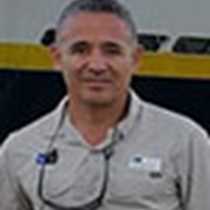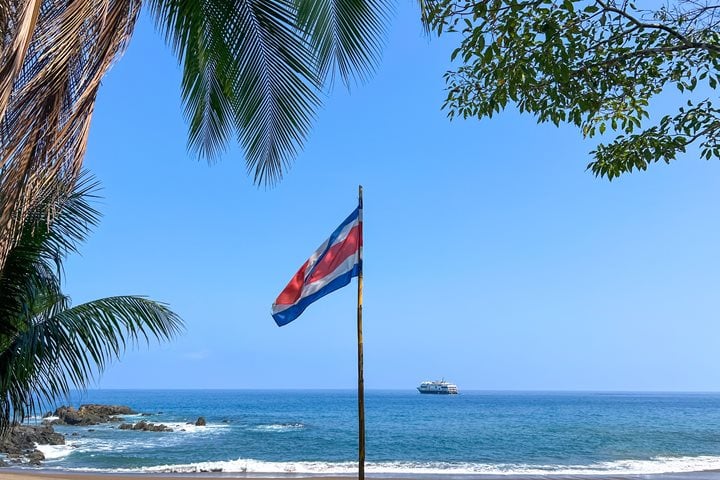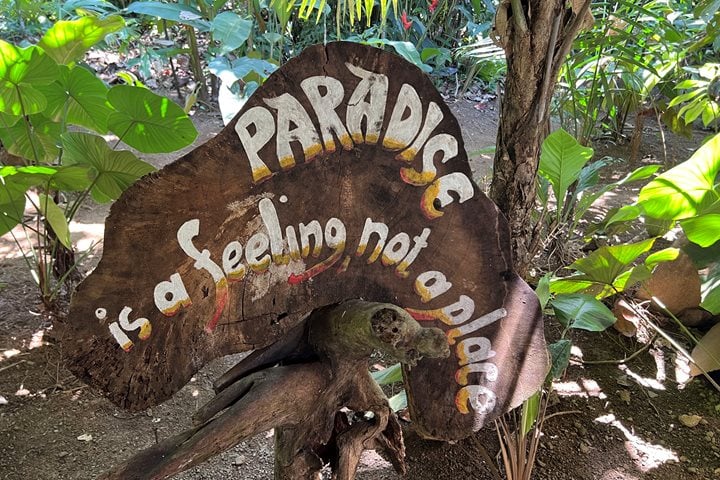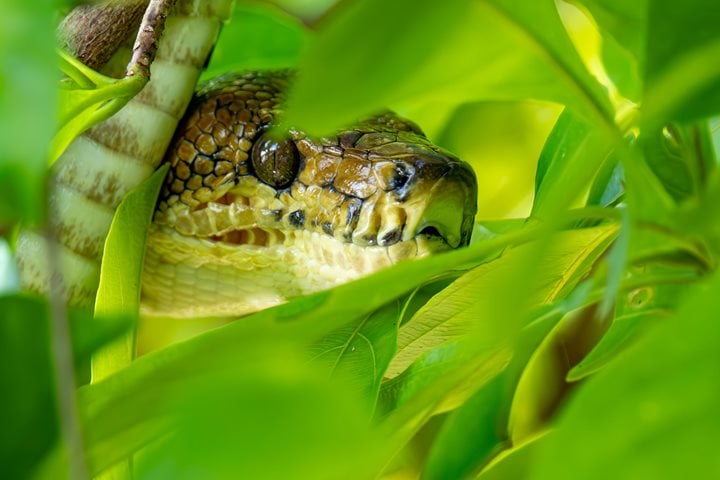The second day in Panamanian waters started with an arrival to Boná, Otoque and Estivá Islands. Favorable conditions allowed us to explore Boná and enjoy amazing sightings.
National Geographic Sea Lion took us to a region that consists of a group of islands located in the Gulf of Panama, in an area dominated by an upwelling of cold waters. They emerge when the surface waters are pushed away by the dynamics of winds and currents create the right conditions to bring nutrients upwards, attracting large schools of fish and with them, great colonies of water birds.
Brown and blue footed boobies, members of the Sulidae family, represent some of the most abundant species in the area. This birds are plunge divers, reaching up to 90 meters (270 feet) before they dive in aiming for their pray fish.
Then, the magnificent frigatebirds were soaring above us, and the show started with males displaying their red balloon looking gullar pouch, a courtship ritual to attract the females. Known for their kleptoparasitic practices, the magnificent frigatebirds let other species catch pray, then chase them along to steal their food.
As if we hadn’t had enough performance from Mother Nature through the birds’ displays, a group of bottle-nosed dolphins appeared close to National Geographic Sea Lion. With guests aboard the exploration landing crafts, we had the dolphins swimming all over the place around us in playful acts, enhancing the experience of pure nature for photography lovers.
A beautiful morning was about to finish, lifting anchor to head towards our afternoon target, the crossing of the Panama Canal, but there was more to appreciate. Surprisingly, a Bryde’ s whale came up and spent around 30 minutes near the vessel. These marine mammals reach up to 12 meters long (36 to 40 feet). Their gestation period is 12 months and lactation probably lasts less than a year. This truly was an outstanding experience for a photo expedition.
During sunset, the galley prepared a delicious ceviche, served up by the sundeck while we were enjoying the view to the sky risers of Panama City and waiting for the pilot of the Panama Canal Authority.
At night, we started our transit by the always impressive Panama Canal, a spectacular accomplishment finished when the world had more technological limitations, enhancing the value of such a master piece of engineering. After crossing Miraflores and Pedro Miguel Locks, we dropped anchor at Lake Gatun and had a peaceful night of sleep.







